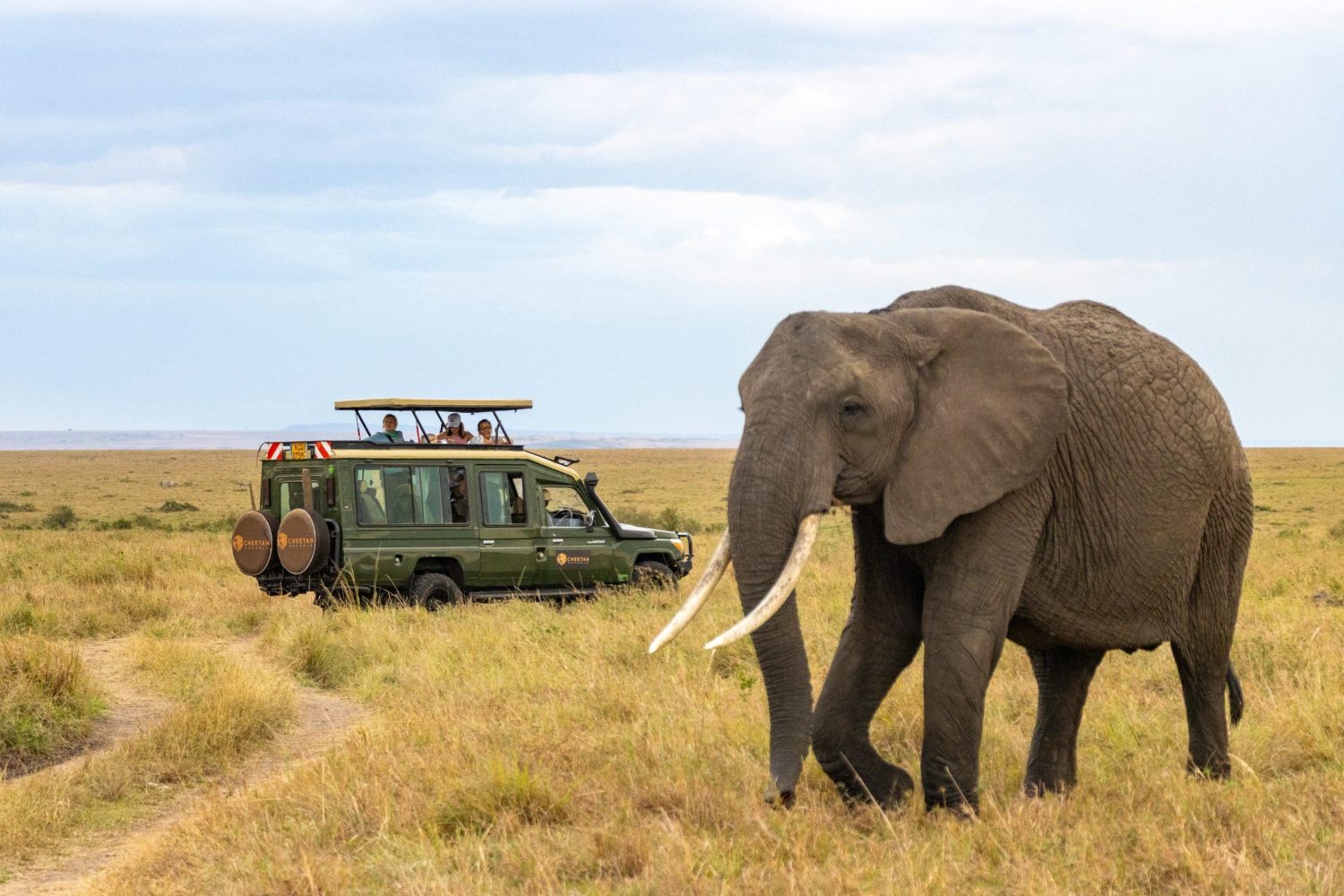Mastering the best of the fundamentals of relaxation that mainly encompass peace, Mwea National Reserve sits undiscovered, pristine, and intact. It is an oasis of calm and tranquility in a populous landscape. Boldly painted on a parchment canvas of dusty dry bush and feathered acacia, this diverse pocket of wilderness is traversed by torrential seasonal rivers and stubbed with bulbous baobab trees.
The ecosystem’s main features are the meeting point of rivers Tana and Thiba, Kamburu, and Masinga hydroelectric dams, which harbor a variety of biodiversity. Mwea National Reserve is renowned for its birds and waders and shelters two other rare species; Pel’s fishing owl and the white-backed night heron. It is the only protected reserve in which the globally threatened and Kenya-endemic Hinde’s Babber is found.
Hardly visited, Mwea National Reserve has great rewards for those in search of peace, calm, and tranquility. If you value solitude and reflection, delight in soaking your senses in sights and sounds that nature gives freely here. Mwea, in Kirinyaga County, excels in tranquil wildlife and birdlife where over 200 species have been recorded.
The Kamburu water reservoir harnesses the combined waters of the Tana and Thiba rivers and features two small islands. The waters boast of a healthy hippopotamus population.
Why Go on safari in Mwea National Reserve
Major wildlife attractions in Mwea Reserve include the elephants, Rothschild giraffes, Common zebras, Lesser kudu, Buffalo, Water Buck, Bush buck, Impala, Vervet Monkeys, Aardvark, Yellow baboons, Grants gazelle, Dik dik, Cape hare, Warthog, Black backed jackal, Duiker, Sykes monkeys, Genet cat, Slender mongoose, Stripped ground squirrels and many more.
This area is also rich in birdlife with over 200 species recorded to date hence an Important Bird Area (IBA). The reserve is the only protected area in which the globally threatened and Kenya-endemic Hinde’s babbler (Turdoides hindei) is known to occur. Mwea National Reserve also shelters two other rare species; the Pel’s fishing owl (Scotopelia peli) and the white-backed night heron (Gorsachius leuconotus). The Malagasy pond heron (Ardeola idae) is also a common sighting.
If you would like any further information, then you can contact Cheetah Safaris who would be happy to help! Simply, call us today on +254202509616, or fill out our online contact form and we will get back to you.












